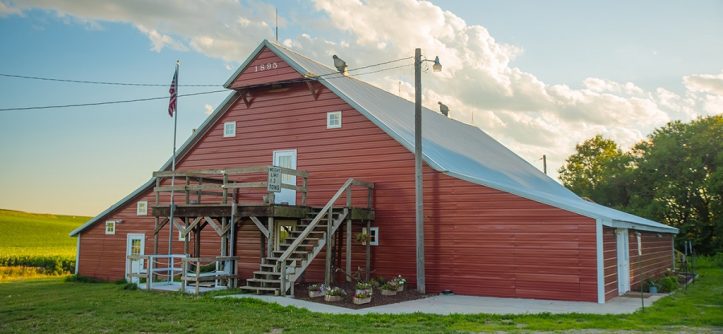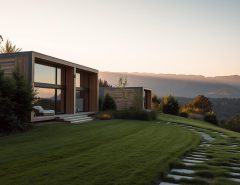Barns are more than just a symbol of family history. They can be a great asset in a home and even offer financial assistance.
Many renovators use old materials, which can be a good thing—but it’s also essential to bring in some modern conveniences to make the space more comfortable.
Invest in a Structural Upgrade
A sagging foundation can cause walls to lean, and water damage is a real concern. Fixing these issues often requires safely jacking up the barn, removing all loose stone or concrete, and rebuilding the foundation.
While it may seem daunting to tackle a significant structural project, most barn renovators find that the savings from not having to build a new home far outweigh the cost of rehabilitation. Also, many states and localities offer tax credits or incentives to encourage barn owners to take on these projects.
Reuse Old Materials

Adaptive reuse is a common practice when turning barns into homes. It allows homeowners to save on costs by utilizing existing materials instead of purchasing new ones.
Reclaimed timber beams, milled antique floors, and other features add a unique look to modern barn homes. This allows builders to create rooms that blend traditional and contemporary.
Using old wood for home building also saves on energy costs. Old wood naturally retains heat, reducing the need for air conditioning and heating. In addition, reusing existing material means less waste is sent to landfills.
Add a New Roof
When restoring old barns, it is essential to consider using modern materials. New materials are typically cheaper and more reliable than their older counterparts. They can also help reduce the time and money you spend on repairs.
The first step in restoring an old barn is to create a plan. This should include what needs to be done and when. This will help you stay on track and ensure everything is completed correctly. Additionally, it is essential to consider any historic preservation regulations that may apply. This will help to ensure that your barn restoration project is successful. Also, make sure to consult with experts who can offer guidance and advice on how to restore an old barn. This will help ensure your barn is safe and complies with all regulations.
Consider Adding an Addition
Add an addition when converting a barn or old structure into your home. This can increase your living space, but planning out the dimensions before beginning any construction work is essential. It would be best to consider zoning regulations in your area, as each municipality has setbacks and floor/height ratios that dictate where, how high, or how large a house can be on a lot.
You will also want to plan out your joist spans using a joist span calculator, as these will need to be strong enough for the structural load of your new addition. It’s essential to match the style of your new addition with the overall architectural style of your home to avoid the look of an afterthought.
Consider Adding a Deck
The awe-inspiring barns that grace our landscape are more than relics of our agricultural past. They reflect a simpler time when small communities gathered for barn raisings and a self-sufficient farmer’s world stretched only to the town line.
If your barn renovation includes a deck, consider how it will be used. An ever-handy back door may force traffic toward the kitchen, making large-group entertaining a shambles. Instead, opt for a French door that gives primary access to the living or family rooms and offers expansive views.
Although restoring old barns can be complicated and expensive, preserving these wooden time capsules for generations to come is well worth preserving. Consider these five essential steps if you’re ready to take the plunge.
Tags: barn restoration, barn restoration near me, grants to restore old barns, old barn restoration, the barn at old bethpage village restoration



